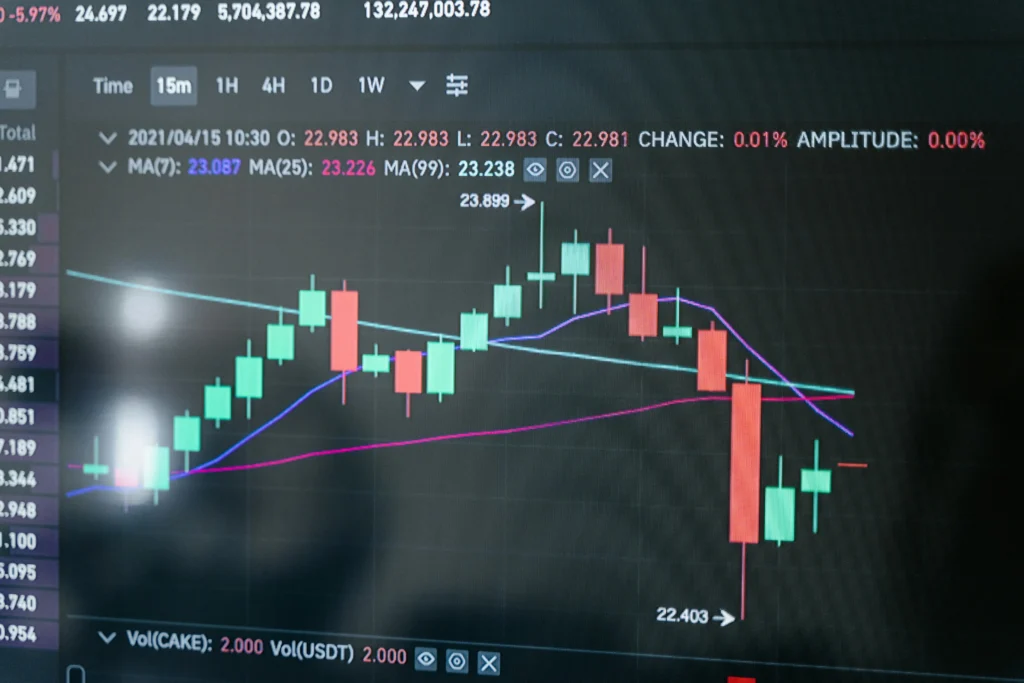Fixed Income

Fixed income refers to a type of investment that provides regular, fixed payments, typically in the form of interest or dividends, until the investment reaches maturity, at which point the principal amount invested is returned to the investor. Fixed income securities are generally considered to be lower risk compared to equities (stocks) because they offer predictable income streams and the return of principal upon maturity. Here’s a comprehensive overview:
Types of Fixed Income Securities
1. Bonds: Government Bonds: Issued by national governments, often considered very low risk (e.g., U.S. Treasury bonds).
Municipal Bonds: Issued by states, municipalities, or counties to fund public projects.
Interest is often exempt from federal taxes.
Corporate Bonds: Issued by companies to raise capital, usually offering higher interest rates than government bonds due to higher risk.
Foreign Bonds: Issued by foreign governments or corporations. These can carry additional risks like currency and geopolitical risks.
2. Certificates of Deposit (CDs):
Issued by banks, offering a fixed interest rate for a specified term. They are insured by the FDIC up to certain limits in the U.S.


Types of Fixed Income Securities
1. Bonds: Government Bonds: Issued by national governments, often considered very low risk (e.g., U.S. Treasury bonds).
Municipal Bonds: Issued by states, municipalities, or counties to fund public projects.
Interest is often exempt from federal taxes.
Corporate Bonds: Issued by companies to raise capital, usually offering higher interest rates than government bonds due to higher risk.
Foreign Bonds: Issued by foreign governments or corporations. These can carry additional risks like currency and geopolitical risks.
2. Certificates of Deposit (CDs):
Issued by banks, offering a fixed interest rate for a specified term. They are insured by the FDIC up to certain limits in the U.S.
3. Treasury Securities:
Treasury Bills (T-Bills): Short-term securities maturing in one year or less.
• Treasury Notes (T-Notes): Medium-term securities with maturities ranging from 2 to 10 years.
Treasury Bonds (T-Bonds): Long-term securities with maturities longer than 10 years.
4. Mortgage-Backed Securities (MBS):
• Bonds secured by a pool of mortgages. Investors receive payments derived from the interest and principal payments on the underlying mortgages.
5. Asset-Backed Securities (ABS):
Bonds backed by financial assets such as credit card receivables, auto loans, or student loans.
6. Convertible Bonds:
Bonds that can be converted into a predetermined number of the issuing company’s shares. They offer the benefits of fixed income with the potential upside of equity.
7. Preferred Stocks:
Equity securities that pay fixed dividends, often seen as a hybrid between stocks and bonds. They generally have less risk than common stocks but more risk than bonds.

Key Features of Fixed Income Investments
1. Interest Rate (Coupon Rate): The percentage of the principal paid as interest to the bondholder, usually on a semi-annual basis.
2. Maturity Date: The date when the principal amount of the bond is to be paid back to the investor.
3. Yield: The return an investor can expect to earn if the bond is held to maturity. This can be expressed as a yield to maturity (YTM), current yield, or yield to call.
4. Credit Risk: The risk that the bond issuer may default on its payment obligations. Credit ratings from agencies like Moody’s, S&P, and Fitch assess this risk.
5. Liquidity Risk: The risk that an investor may not be able to sell the bond before maturity without incurring a significant loss.
6. Callability: Some bonds have a call feature that allows the issuer to repay the bond before its maturity date, usually at a premium. This is more common in a declining interest rate environment.
7. Inflation Risk: The risk that inflation will erode the purchasing power of the fixed payments.
8. Interest Rate Risk: The risk that rising interest rates will reduce the market value of existing bonds.
Advantages of Fixed Income Investments
- Predictable Income: Regular interest payments can provide a stable income stream.
- Capital Preservation: Particularly with high-quality bonds, there’s a good chance of getting back the principal at maturity.
- Diversification: Adding fixed income to a portfolio can reduce overall risk.
- Tax Advantages: Some bonds, like municipal bonds, offer tax-free interest.


Advantages of Fixed Income Investments
- Predictable Income: Regular interest payments can provide a stable income stream.
- Capital Preservation: Particularly with high-quality bonds, there’s a good chance of getting back the principal at maturity.
- Diversification: Adding fixed income to a portfolio can reduce overall risk.
- Tax Advantages: Some bonds, like municipal bonds, offer tax-free interest.

Disadvantages of Fixed Income Investments
• Lower Returns: Typically offer lower returns compared to equities, especially in low- interest-rate environments.
Interest Rate Sensitivity: Bond prices generally fall when interest rates rise.
Inflation Impact: Fixed payments may lose value if inflation is high.
Credit Risk: Possibility of default, particularly with lower-rated bonds.
Fixed Income in a Portfolio
Fixed income plays a crucial role in a diversified investment portfolio, providing stability, income, and a hedge against stock market volatility. The proportion of fixed income in a portfolio often increases as investors age or as their risk tolerance decreases.
Trends in Fixed Income
• Interest Rate Environment: Central bank policies significantly affect fixed income markets. Low rates typically lead to higher bond prices but lower yields.
• Inflation-Linked Bonds: These bonds adjust the principal based on inflation rates, offering protection against rising prices.
• Emerging Market Debt: Bonds from emerging markets offer higher yields but come with increased risk, including currency and political risk.
• ESG Fixed Income: Bonds that adhere to Environmental, Social, and Governance criteria are gaining popularity as investors seek sustainable investment options.


Trends in Fixed Income
• Interest Rate Environment: Central bank policies significantly affect fixed income markets. Low rates typically lead to higher bond prices but lower yields.
• Inflation-Linked Bonds: These bonds adjust the principal based on inflation rates, offering protection against rising prices.
• Emerging Market Debt: Bonds from emerging markets offer higher yields but come with increased risk, including currency and political risk.
• ESG Fixed Income: Bonds that adhere to Environmental, Social, and Governance criteria are gaining popularity as investors seek sustainable investment options.
Fixed income is a broad and essential category of investment that provides stability and income, making it a vital component of many investment strategies, especially for those looking to preserve capital and generate steady income.
Frequently Asked Questions
How does this overall process work?
Our alerts are designed to be simple and straightforward. Here’s how you can start making profitable trades:
Open a Brokerage Account:
– Sign up with a reputable online brokerage (e.g., E-TRADE, Robinhood).
Understand the Signal:
– Read the signal details: stock code, buying price, holding period, and expected profit.
Place the Trade:
– Log into your brokerage account, search for the stock, and place a buy order at the recommended price.
Exit the Trade:
– Sell the stock at the recommended exit point or within the holding period.
Review and Learn:
– Check your results and note what worked for future trades.
Example:
Signal Received:
Stock Code: GRİ
Buying Price: $2.10 – $2.35
Holding Period: 3-7 days
Expected Profit: 10-25%
Steps:
Open: Log into your brokerage account.
Search: Look for stock code “GRİ.”
Buy: Place a limit order to buy at $2.10 – $2.35.
Sell: Place a limit order to sell at the recommended exit price.
Review: Check your profits and learn from the trade.
Is it the right time to invest in stocks?
What happens after I purchase the membership?
Can the number of alerts vary?
Contact Us
Please get in touch if you need any assistance, services, or questions!
- info@ustradeclub.com
